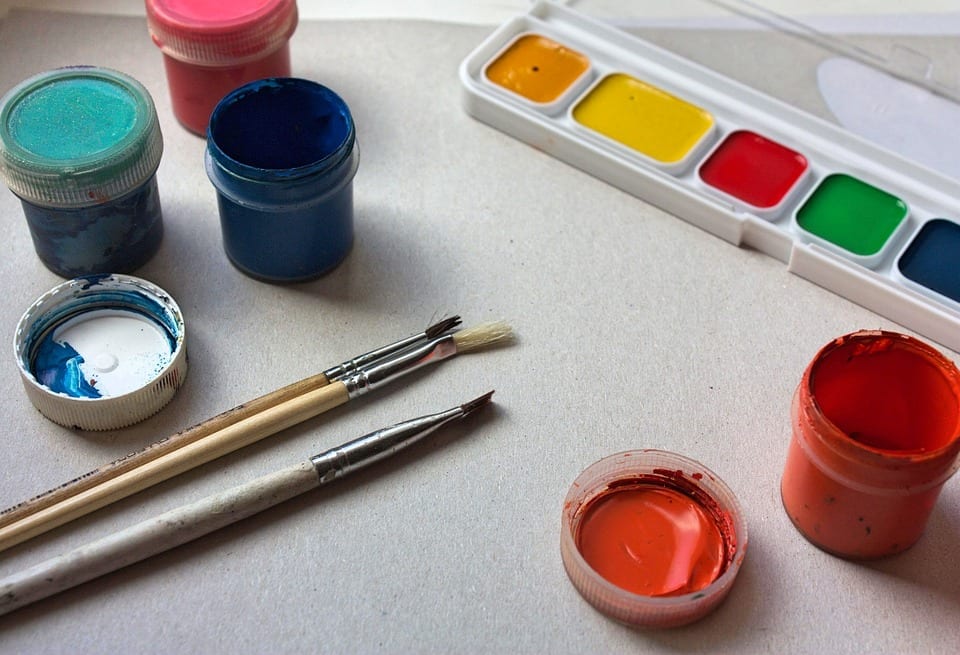Uncategorised
How to paint a room like a pro
Plan your approach
Start by thinking about how you want the finished project to look and remember that you’re not limited to four walls in the same colour.
Choose your colour
Do you want a warm or cool shade? A neutral or a saturated shade? If you have existing furniture or art, you’ll also want to consider how the shade will compliment them
Pick out your tools and materials
Every project is unique and you may need different tools depending on the paint you choose and the condition of your walls, but there are a few must-haves:
- Paint
- Paint roller
- Paint roller extension pole
- Drop cloths
- Paintbrushes
- Paint tray
- Sandpaper
- Painter’s tape
- Rags
- Putty knife
When painting a room, the work should be done in the following order:
- Prep: Clean surfaces and repair any defects.
- Prime: Where needed, prime the walls and trim.
- Caulk: Fill any gaps or cracks with caulk.
- Ceiling: Paint ceiling first to prevent drips on walls.
- Walls: Apply paint to walls using a roller.
- Trim: Paint trim last to avoid roller splatter.
- Cleanup: Clean brushes and rollers, remove drop cloths, and replace furnishings.
Mix your paint
Use a wooden paint stick to stir the paint, and re-stir often throughout the project. If you’re using more than one gallon of paint, combine the cans in a large bucket in case there is a slight variation in colour.
Don’t forget ventilation
Make sure your space is well-ventilated throughout the project by opening windows and using fans.
Clean up
You’ve done multiple coats, but it’s not time to relax just yet. Remove all painters tape and gather drop clothes, making sure any spills or splatters are dry before you move them.
Give yourself enough time
The amount of time your project will take depends on the size of your room, how you’re painting, and your skill level.
Painting Preparation
Walls
Interior walls are usually painted with latex paint and can usually be repainted without priming unless the existing walls are:
- Painted a dark or vibrant colour.
- Have stains, grease, or other hard to cover marks.
- Defects in the drywall have been patched.
- Previously painted with oil-based paint.

